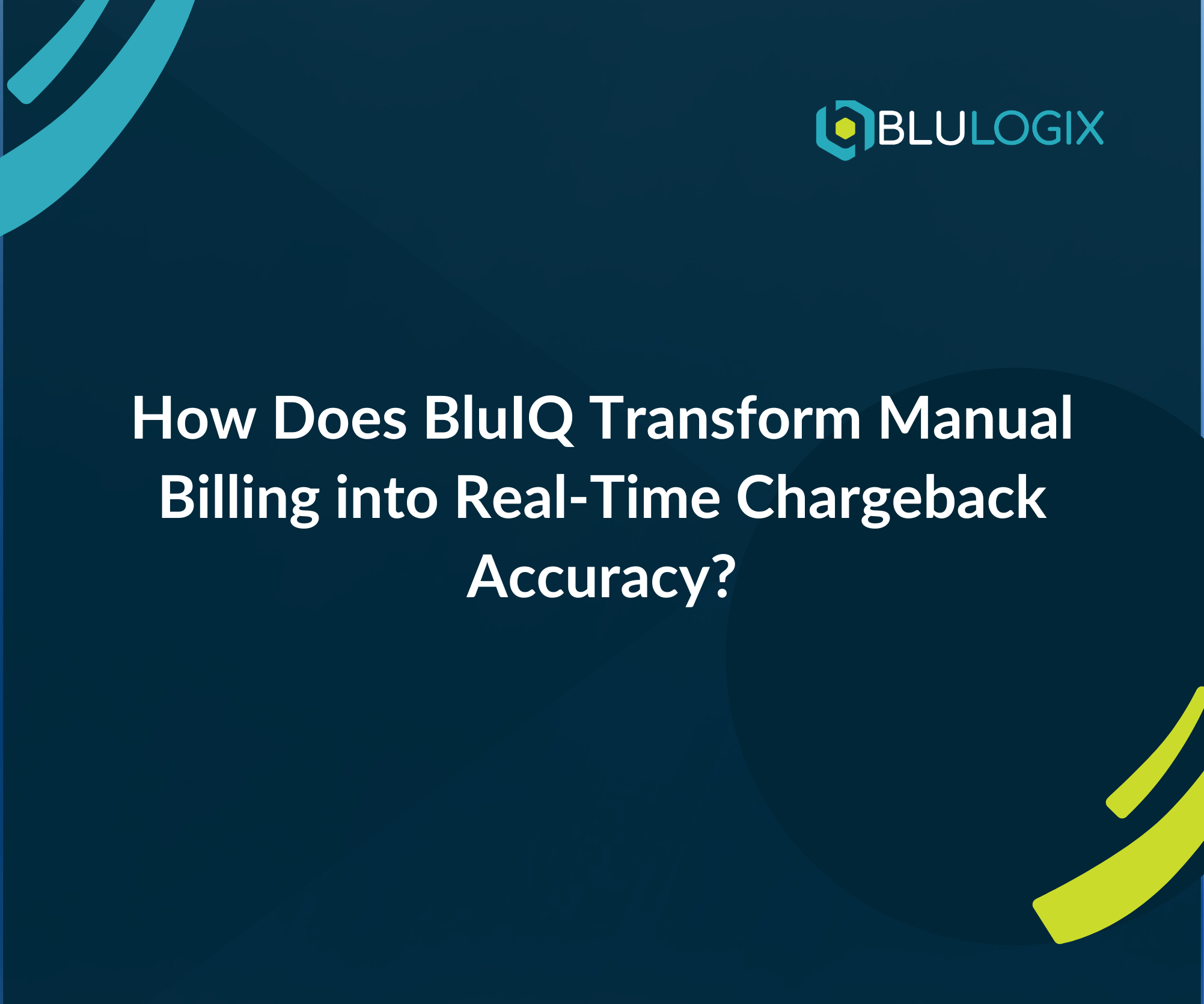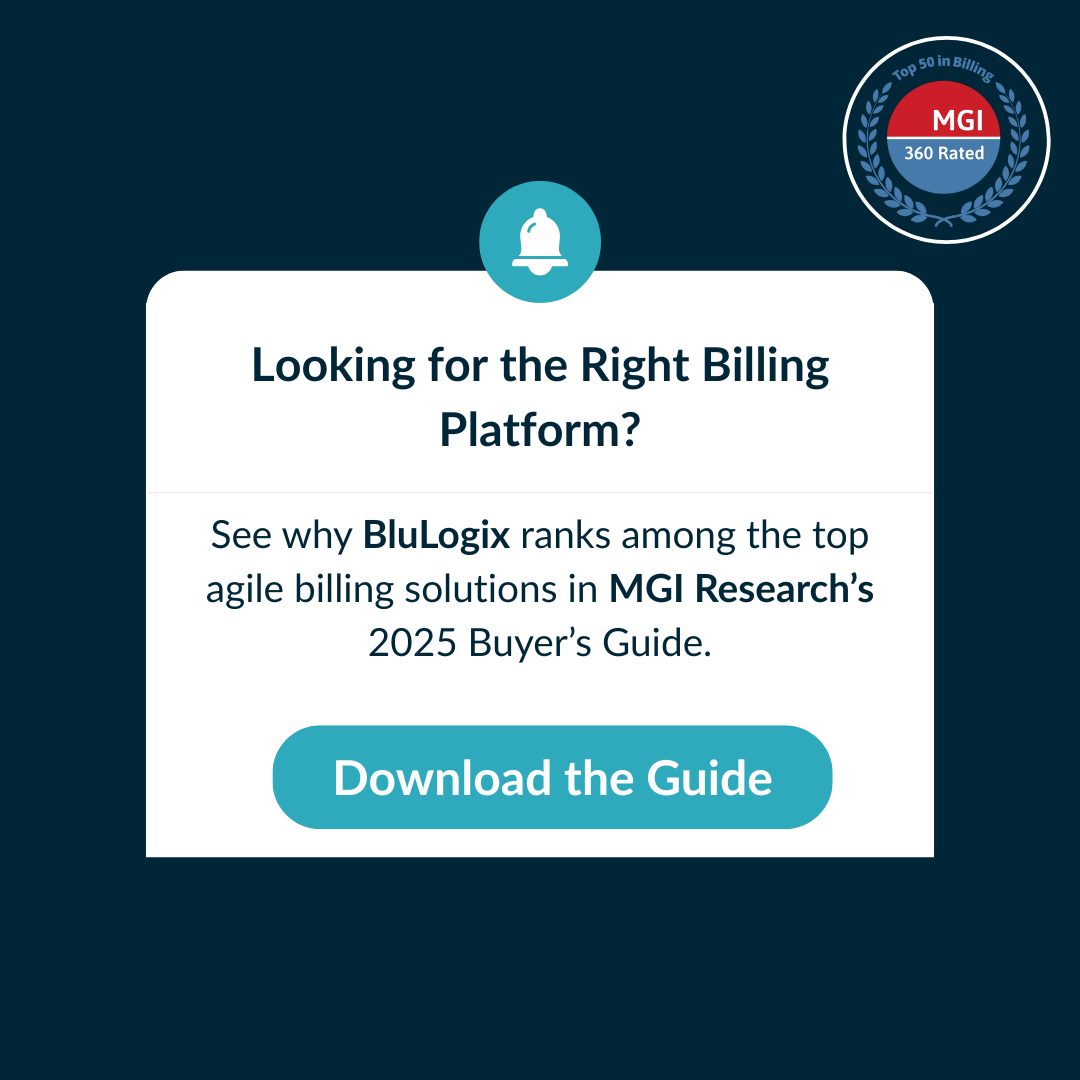Integrating General Ledger for Seamless Financial Synchronization
How important is to integrate my billing platform with my general ledger for accurate revenue tracking and financial reporting?
Ready to see how BluIQ can transform your billing process and help you achieve integrated, automated, and accurate complex monetization? Schedule a demo with a BluLogix billing expert today and take the first step towards revolutionizing your revenue management.
Integrating General Ledger for Seamless Financial Synchronization
In the world of financial management, General Ledger (GL) integration plays a crucial role in ensuring that revenue tracking and financial reporting are accurate, consistent, and compliant. Integrating the GL with various financial systems, such as billing and Enterprise Resource Planning (ERP) platforms, allows businesses to maintain seamless data synchronization, which enhances financial visibility and control. Accurate GL integration is not only a best practice but also a necessity for companies aiming to streamline their financial operations and achieve long-term financial stability.
The Importance of General Ledger Integration
Integrating the general ledger is essential for accurate revenue tracking and financial reporting. Here are some of the key benefits of GL integration:
- Enhanced Financial Visibility: Integrating the GL with billing and ERP systems allows financial data to flow seamlessly between platforms. This enables a unified view of financial transactions, making it easier for financial teams to understand revenue sources, monitor costs, and ensure that all financial entries are accurately captured. This kind of transparency is crucial for making informed decisions about the business.
- Reduced Manual Errors: Manual data entry is prone to errors, which can lead to discrepancies in financial reporting and compliance issues. By automating the transfer of data between billing systems and the GL, businesses can significantly reduce the risk of errors and ensure the accuracy of their financial records. Automated journal entries and configurable mappings for various transaction types make reconciliation faster and more reliable.
- Efficient Book Closing and Compliance: Integrating the GL with other financial systems simplifies the process of closing the books at the end of a financial period. Automated journal entries ensure that all transactions are accurately recorded, allowing for a timely and compliant book closing. This also helps companies meet regulatory requirements, such as those related to revenue recognition, by ensuring that revenue, adjustments, and payments are properly tracked and documented.
- Consistent Financial Reporting: Consistency in financial reporting is essential for maintaining credibility with stakeholders, such as investors, regulators, and creditors. GL integration provides a consistent and standardized approach to financial data management, allowing businesses to produce reliable reports that reflect their true financial position. This is especially important for companies with complex revenue structures or multiple business units.
How GL Integration Enhances Revenue Management
General ledger integration is particularly important for revenue management, as it ensures that revenue is tracked accurately across all parts of the business. Here are some specific ways that GL integration enhances revenue management:
- Automated Revenue Recognition: GL integration allows businesses to automate revenue recognition processes, ensuring compliance with accounting standards like ASC 606 or IFRS 15. By defining specific rules and mappings for transactions, businesses can accurately allocate revenue, adjustments, and other financial elements to the appropriate accounts, reducing the risk of compliance violations.
- Detailed Transaction Tracking: GL integration supports detailed transaction tracking, providing a clear view of revenue, costs, and adjustments at every level. This level of detail is important for strategic analysis, as it enables businesses to identify trends, optimize pricing, and make informed decisions about product and service offerings.
- Two-Way Synchronization: Two-way synchronization between the GL and billing systems ensures that any changes made in one system are automatically updated in the other. This helps maintain data consistency across all financial platforms, which is critical for accurate revenue reporting and financial analysis.
Best Practices for GL Integration
To ensure seamless financial synchronization and effective GL integration, businesses should consider adopting the following best practices:
- Customizable Mapping Configurations: Businesses should ensure that their GL integration allows for customizable mapping configurations. This flexibility makes it possible to align GL entries with specific transaction types, such as revenue, adjustments, and payments, which helps reflect unique financial processes accurately.
- Automation of Journal Entries: Automating journal entries is essential for reducing the manual workload on financial teams and ensuring accuracy. By automating this process, companies can simplify book closing and ensure compliance with financial reporting standards.
- Real-Time Data Updates: Real-time data synchronization between the GL and other financial systems is crucial for maintaining up-to-date financial records. This ensures that financial decisions are based on the most current data available, reducing the risk of discrepancies and improving overall financial management.
Real-World Impact of GL Integration
Consider a mid-sized retail company that struggled with manual reconciliation between its billing system and accounting platform. By integrating the GL with its ERP and billing systems, the company was able to automate data transfers, significantly reducing the time spent on manual reconciliation. This not only improved accuracy but also allowed the finance team to focus on higher-value tasks, such as financial analysis and strategic planning.
Another example is a SaaS company with complex subscription billing. By integrating the GL, the company was able to automate revenue recognition, ensuring that revenue from subscriptions and add-ons was accurately allocated. This automation helped the company comply with ASC 606 and maintain transparency with its investors, ultimately building trust and confidence in its financial reporting.
General Ledger Integration is a critical component of seamless financial synchronization and effective revenue management. By integrating the GL with billing and ERP systems, businesses can ensure accurate revenue tracking, improve financial visibility, and reduce manual errors. Automated journal entries, detailed transaction tracking, and two-way synchronization help maintain financial integrity and support compliance with accounting standards.
For any business aiming for sustainable growth and financial stability, GL integration is not just an operational improvement—it is a strategic necessity. With the right tools and best practices, companies can enhance their financial operations, achieve greater accuracy, and build a foundation for long-term success.
Ready to see how BluIQ can transform your billing process and help you achieve integrated, automated, and accurate complex monetization? Schedule a demo with a BluLogix billing expert today and take the first step towards revolutionizing your revenue management.
Learn more

How AI and Predictive Analytics Are Transforming Revenue Processes for Finance Teams

How Can Public Sector Organizations Turn Chargeback into Strategic Cost Recovery?



